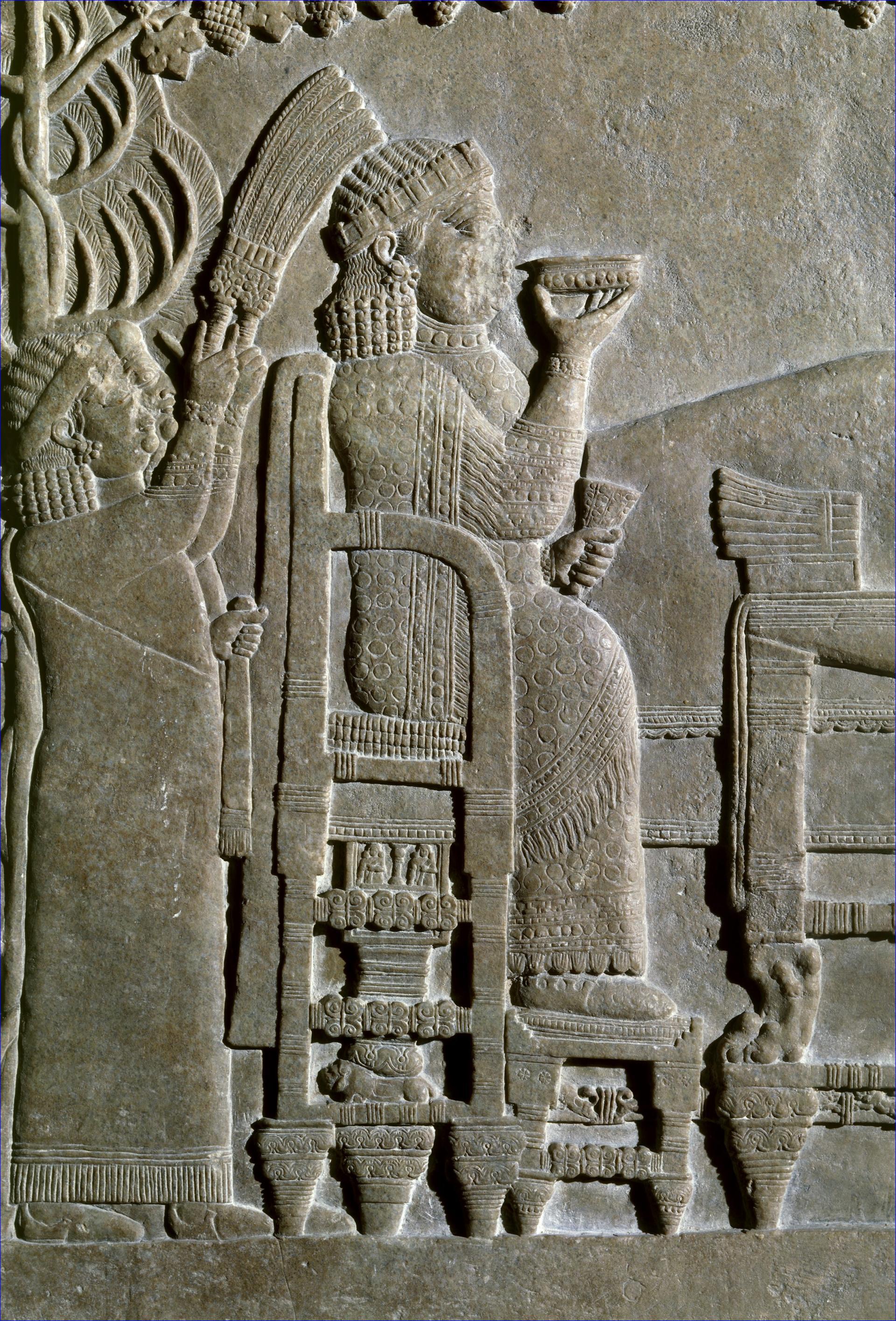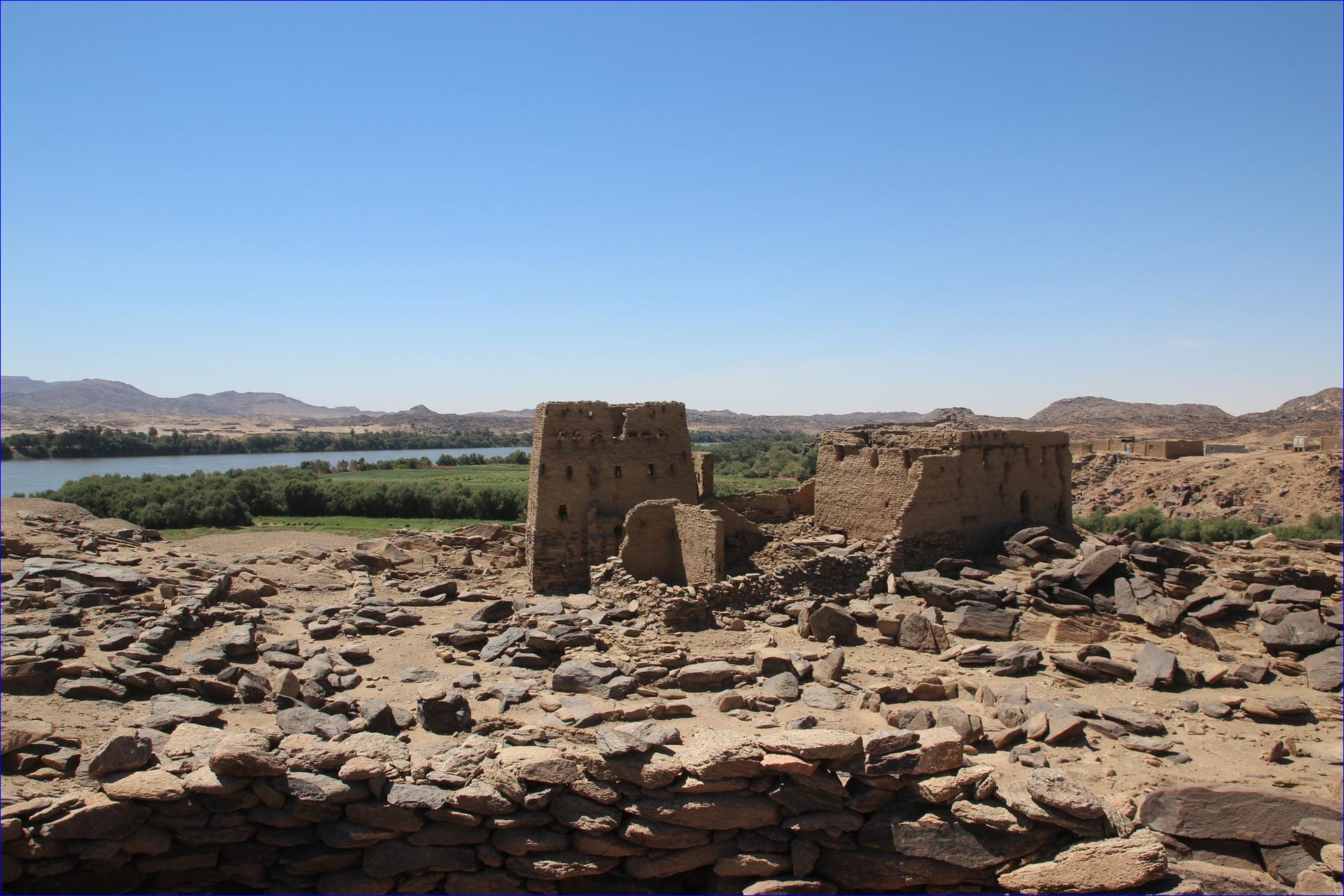


 British Museum)
British Museum)
Among its digital initiatives are lo-fi and rather delightful fictional travel guides to ancient cities. Slightly geeky, overly informative, gamely contributed -- these are British to the extreme.
The world's greatest cities
Sections on topics such as how to get there, what to see, what to eat and local forms of entertainment offer introductions to the world's greatest cities, as seen through the British Museum's collection.
The curators, who have written the entries, do not break character, and it is fun to follow suit.
A trip to Assyria
Take the guide to Nineveh, for example. This was the capital of the Assyrian empire, which at its peak between the 9th and 7th centuries BC, stretched all the way to Egypt from its heartland of modern-day Iraq and Syria.
Located along the River Tigris -- across from what is now Mosul -- Nineveh in the 7th century BC was at the height of its splendour.
The city took three days to cross and was dominated by a massive ziggurat made of sunbaked bricks. Its palaces, along the banks of the Tigris, were adorned in extraordinary coloured reliefs; the one to visit is that of King Sennacherib, which gained the nickname of the Palace Without Rival.
Nineveh's rich cultural tapestry
There were also year-round festivals, botanical gardens and weekly recitals of the Epic of Gilgamesh -- a rich cultural tapestry playing out in the streets of the city.
Although there was no tourism as such in the ancient world, ambassadors and visiting dignitaries would have travelled to the Assyrian capital, says John MacGinnis, a senior curator at the British Museum, who has worked on excavations in Iraq and fact-checked Nineveh's travel entry.
"It would be in the interest of the king to let people go and see the sculptures, because they are artistic propaganda," MacGinnis says.
The extraordinary verisimilitude reached by Nineveh's artisans was put to good use, he says. "The sculptures show the Assyrian military machine conquering places and bringing tributes in -- and also the very violent torture and mutilation of prisoners. They talk about this in their inscription and then they depict it in their stone relief.
"And, of course, the reason they do that is, if you are an ambassador for a land under Assyrian rule, you will be shown this and you want to think twice before you revolt."

 British Museum)
British Museum)
Across to Kulubnarti
If being mauled by man-eating lions or tortured by visiting administrators is not to your taste, a virtual visit to Kulubnarti might be a better fit. It's not a spectacular site, but one that gives an insight into what typical cities -- albeit in important geographical locations and at interesting points of time -- would have been like.
Kulubnarti was part of the Makurian kingdom, one of the great Christian kingdoms of the medieval world -- "though not many people know about it", says Julie Anderson, curator of Sudanese and Nubian artefacts at the British Museum, who wrote the guide.

 N. Spencer)
N. Spencer)
The rule lasted almost an entire millennium, from the 6th century to the mid-14th century, concentrated along the Upper Nile and in the area around its capital of Dongola. This is now known as Old Dongola, to distinguish it from the current Northern Sudanese capital of the same name.
Visitors to Kulubnarti were not to be outdone in terms of trinkets they could bring back home. In a category Anderson calls "prestige goods", one could buy ivory, ebony, leopard skins and even leopards, as well as monkeys, lions and giraffes. Beverages were also in supply, brewed from dates and drunk not in separate cups but from one vessel through straws.
The crossroads nature of the Makurian kingdom also marked its culture. "[It] had a rich and distinctive style," says Anderson. "The arts, architecture, paintings and crafts had Coptic, Syrian, Palestinian and Byzantine influences mixed with indigenous Nubian motifs and local material."
Many of the cultural items were "religious-based", she says. "You get window grilles with crosses in them, graffiti, pottery vessels with monograms in them, such as the monogram of the Archangel Michael, because he is the patron saint of Nubia. There was widespread literacy and letters in old Nubian, which is the local language, as well as Greek, Coptic and Arabic. It's a pretty exciting time."
Both Nineveh and Kulubnarti, like the other sites on the British Museum travel roster, are well-represented in the museum's collection. Excavations from the Assyrian Empire form a key part, as do artefacts from Sudan, although these are not as well known. Two of the very first items collected by the museum -- each tagged No. 2 in its record -- are the red granite Prudhoe lions, which guarded the Temple of Soleb in Nubia. They were given to the museum by Lord Prudhoe, in the early 1800s, who brought them back to England from Egypt. As with Iraq, Sudan was subject to widespread excavation by European visitors.
A controversial choice
This thorny past makes the choice of a tourism blog in some ways a bold one for the museum.
Tourism as a leisure pursuit partly began with the Grand Tour, which were trips taken by aristocratic Northern Europeans in the 17th and 18th centuries. These excursions, which brought tourists to marvel at the wonders of the ancient world, both nurtured an interest in antiquity and at times even helped finance excavations of it.
It is hard to not mention this controversy when talking about museum collections around the world. On the one hand, you have the "infinitely fresh" moral case, as the cultural heritage professor Tatiana Flessas says, over source countries' rights to the objects found in their soil. On the other, however, we must take into account the museum's current good-faith activity in scholarship and the preservation of ancient objects.
Whatever way you look at it, it is nice to have a mental wander around these cities without these concerns, thinking instead of the way these extraordinary artefacts would have been used and seen in their day.
At the moment when travel for leisure is mostly inaccessible, why limit your imagination to places in the present?

or register to post a comment.